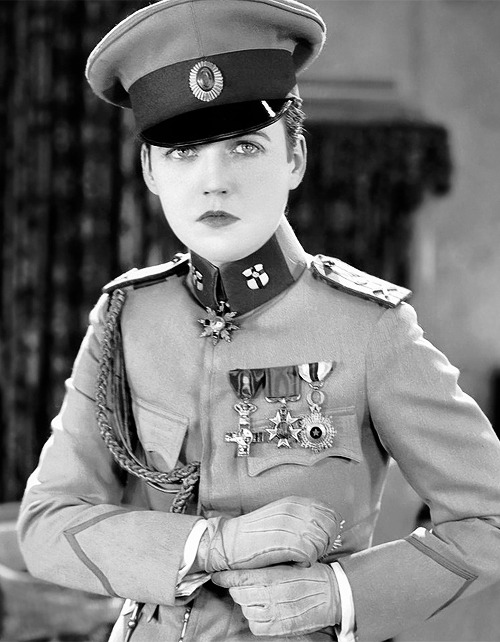Over the last few years, I’ve gotten myself educated in Marion Davies’ silent films. The two usual suspects, Show People and The Patsy are great and well-loved, mainly because they’re on DVD. I’ve released three of Davies’ 1922 silents, and have become an even bigger fan. So, what else lies between When Knighthood Was in Flower and Show People?
Later this year, you’ll get to buy Little Old New York (1923). As soon as the New Year’s Day confetti settled, on January 2nd Edward Lorusso launched his Kickstarter to produce a DVD of this film for collectors. The project sourced the Library of Congress’s 35mm print — Marion’s own nitrate print front he 1930s, preserved by the Library — and I scored it on theatre organ. Backers will get their copies early in the fall, and I plan to release the film on my Undercrank Productions label at the end of the year, or in early 2020.
I forget why Beverly of Graustark (1926) caught my interest, but I’ve screened it, one 2000’ reel at a time, over a few visits to the Library of Congress while doing other silent film shows down there. And I really like it. The story is based on a book by George Barr McCutcheon originally published in 1904. The prince-and-the-pauper type storyline is a familiar one. Usually the two people at opposite ends of the social and economic spectrum are identical and so the switch is, of course, one we in the audience can see coming a mile away. Even though it takes a while for the people in the film or TV a while to notice it and say “You know what? This is going to sound crazy, but you look just like the (title) of (country)!”
What are the odds that someone in Hollywood put the faces of Marion Davies and Creighton Hale — one of my favorite character actors of the silents — together? They are the two performers whose characters switch places in Beverly. The effect of this match in the story is different on an audience, because you don’t necessarily see it coming, so we all realize it when the other character(s) put it together, and Marion’s character’s reaction matches ours a little.

The film is extremely well-produced and has a very strong ensemble cast. The Library of Congress’s 35mm print is excellent, and it’s complete, preserved from materials acquired from Ms. Davies in the 1950s. It is hardly ever shown. It’s just not one of her well-known titles. One of the things I’ve seen happen with rare or obscure silents winding up on home video or at least building a reputation is that the key is getting the film shown.
This helps put the film on the radar of other film programmers and of the outfits who release classics on home video. The screenings and ensuing word-of-mouth, online and off, helps build a following or interest in the film. Harold Lloyd’s Speedy wasn’t quite part of the comedians “greatest hits” short list until about fifteen years ago, when it began being screened more. Now its popularity has eclipsed that of Grandma’s Boy.
It’s taken me a year or two, but I’ve been able to get two shows of Beverly of Graustark to happen in the latter part of 2019. This Friday evening August 16 at 7:30 at the Library of Congress Packard Campus Theater (Culpeper VA), and Tuesday November 12 at 7:30 at the Cinema Arts Centre (Long Island NY), and I’ll finally get to see how the films go over with and audience.
It will be interesting to see if 2020 brings additional screenings of Beverly of Graustark.
Great film! BEVERLY was produced by Irving Thalberg, who kept a close eye on production costs and kept Hearst at arm’s length. The result was not only another hit film for Marion Davies, it proved to be her most profitable film for MGM. Like most of her MGM silents, this one is still under copyright so DVD chances are slim. So glad you’re screening this one, Ben!